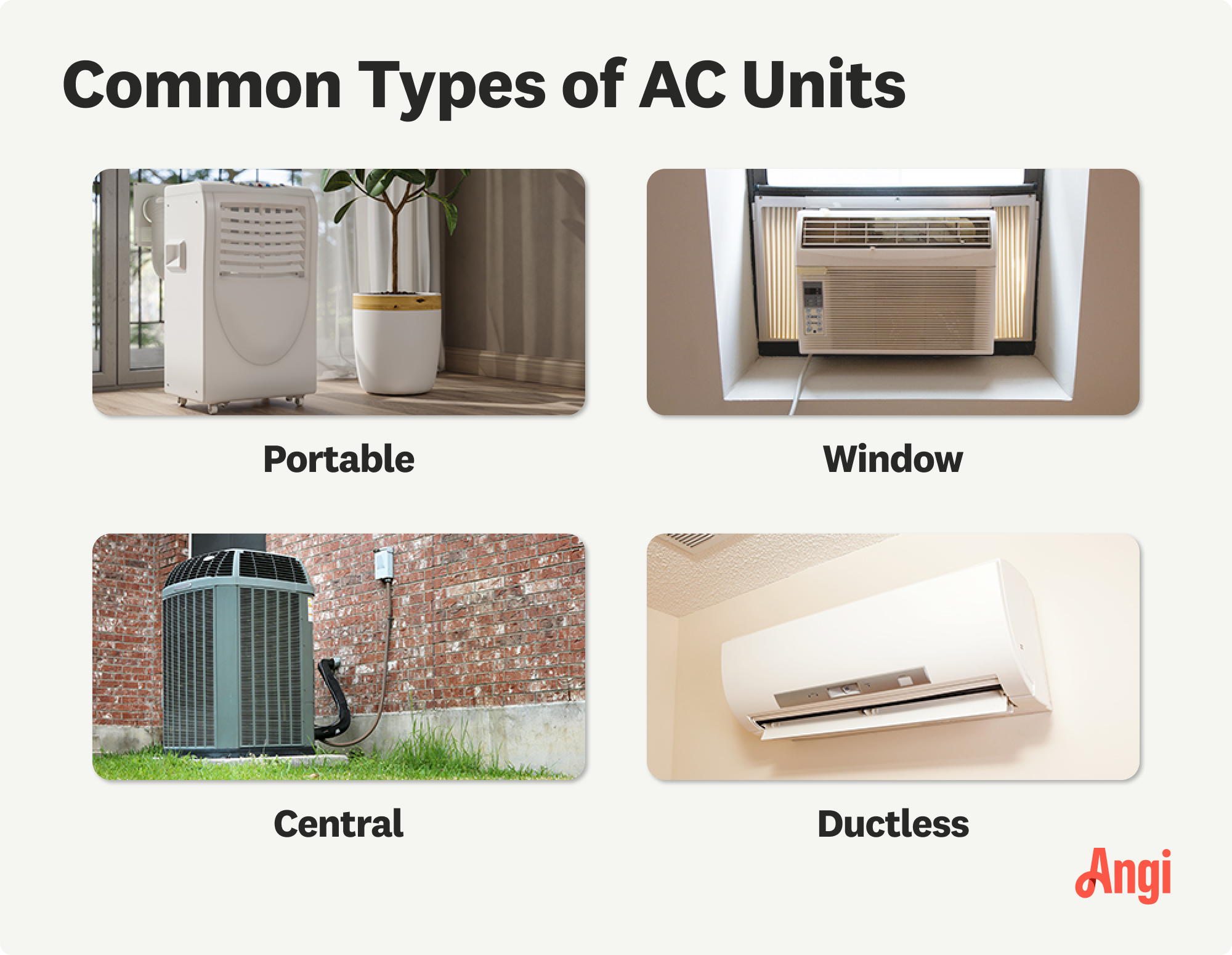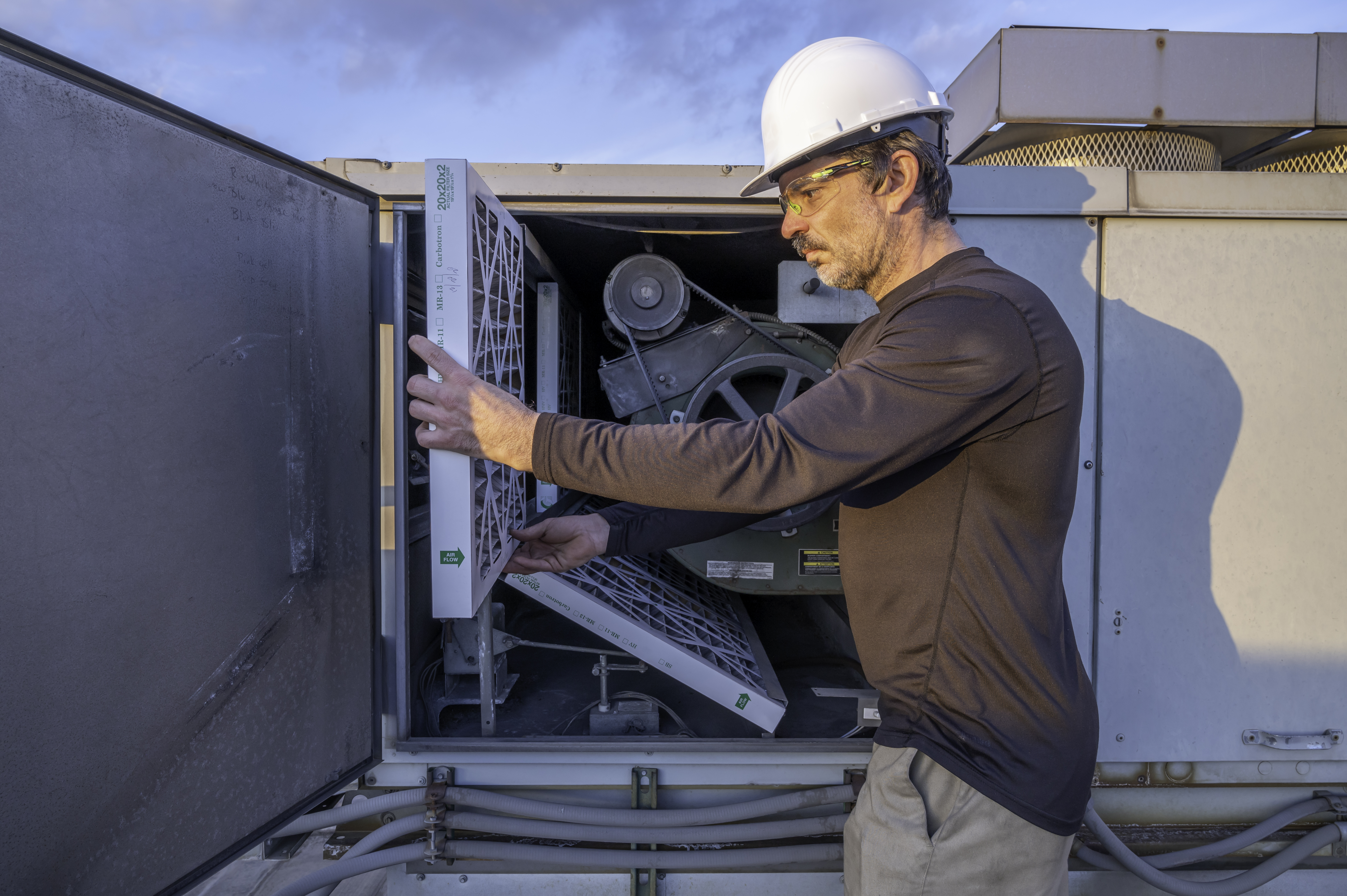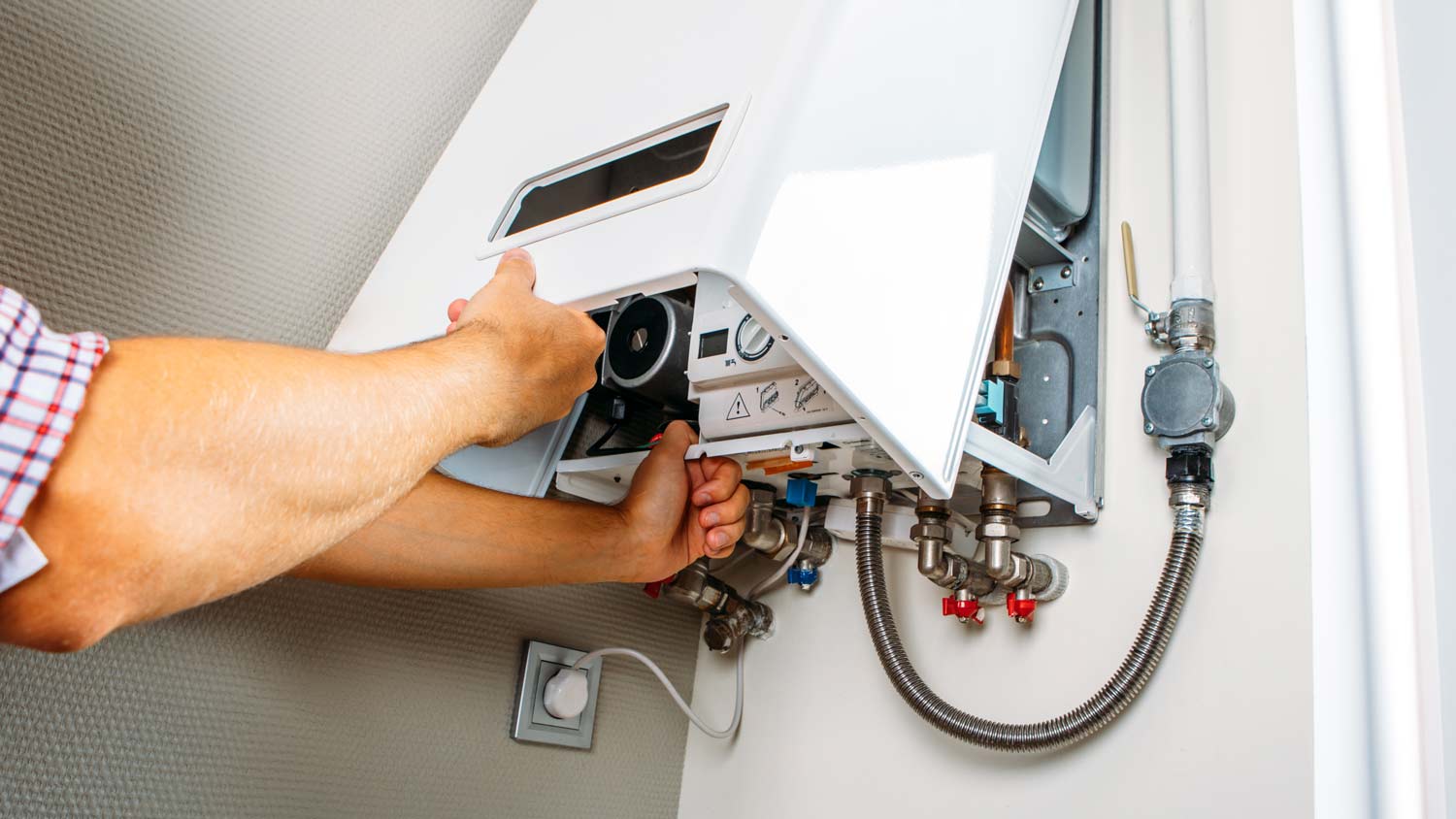
Furnace cleaning is an essential annual chore to keep your home safe. Find out common furnace cleaning costs by type and size of furnace with this guide.
Spring into action during these seasons to find the perfect air conditioning unit


Fall or spring are the best times to buy air conditioners—you could save 10% to 15% on a new unit.
Consider installing a new AC system when renovating your home or altering its interior layout.
A new central air conditioner costs $3,500 to $7,500 to install.
When you’re trying to stay cozy during harsh winter temperatures, the last thing on your mind is your air conditioner. But if your AC unit is showing signs of disrepair or old age, it’s wise to consider the best time to buy an air conditioner. Let’s take a look at the best time to buy an HVAC system, plus some tips on when to hire an AC installer and which type of unit is right for you.
The best time to purchase an air conditioner is the fall or spring. HVAC installers in your area will be busy during the summer and winter months when outdoor temperatures are the most extreme.
Avoid these busy periods and you’ll likely find better deals before consumers start swarming stores looking for air conditioning units. This is because retailers are always looking to get rid of the previous year's models to make space for newer versions.
There are many other optimal times to buy a new AC system aside from seasonal shifts. For example, you should consider replacing the AC unit when renovating your house, especially if you’re changing the interior layout.
If your AC unit is showing warning signs that it’s slowing down, such as burning smells, strange sounds, or refrigerant leaks, it’s easier to replace it during renovation or new addition projects than retrofitting them after the work is done. To snag an even better deal, consider buying a new AC when you need to replace your furnace or other parts of your HVAC system for a potential bundling opportunity.
If you’re searching for ways to cut costs when purchasing a new AC unit, try these tips:
Check for tax credits and rebates: According to Energy Star, you can receive up to a $300 tax credit for installing a new AC unit that meets energy efficiency standards and guidelines. Plus, some states and local utility companies provide rebates for replacing an outdated AC system.
Consider your needs: If you only use a few rooms in your home, you might think about installing a ductless split system (rather than central AC). You won’t get whole-house cooling, but you could save a fair bit on installation.
Think long-term: When purchasing a new unit, ask the sales company about free upgrades to your unit or discounts on future services.
Bundle services: If your furnace is nearing the end of its life, consider replacing it when installing your new air conditioner. This lets you avoid separate HVAC service calls and ensures that the different parts of your HVAC system work together seamlessly.
Improve your home’s insulation: If your house has poor insulation, the cool air coming out of your AC unit is more likely to leak outside, increasing your energy costs. Fortunately, there are several simple ways to improve your home’s insulation, including weather-stripping doors and windows, adding thermal curtains, and sealing electrical outlets.
As you search for an air conditioning unit during the offseason, now is the best time to evaluate your home’s cooling needs. Some factors to consider before buying a new unit include:
Current HVAC unit type
Climate in your area
Upgrades
Energy efficiency
Necessary system features
Budget
Calculating your home’s cooling needs requires the help of an HVAC professional. They use Manual J guidelines, which can be pretty complex for homeowners, and any errors could cost you money in the long run.

You’ll incur different costs when buying an air conditioner. Your total cost will depend on the unit type and whether your home requires any upgrades while installing the AC unit. Here’s what you can expect to pay when purchasing an air conditioner based on system type:
Central air conditioner installation: $5,000–$12,500
Window air conditioner installation: $140–$520
Ductless mini-split installation: $2,000–$14,500
Don’t forget to factor additional services and features into your replacement budget. Consider these costs:
Air duct cleaning: $270–$510
Air duct installation: $1–$13 per linear foot
New thermostat installation: $110–$260
Annual AC maintenance and service: $75–$200
Purchasing and installing an air conditioner is a job best left to the pros. We recommend hiring an air conditioner installer near you to ensure your system is installed correctly and functions properly. You’ll pay $1,500 on average in labor costs for an HVAC replacement. However, you’ll have peace of mind knowing that your new system will work properly and safely.
From average costs to expert advice, get all the answers you need to get your job done.

Furnace cleaning is an essential annual chore to keep your home safe. Find out common furnace cleaning costs by type and size of furnace with this guide.

Find out the average humidifier repair cost, what impacts pricing, and how to save. Get expert tips to budget for your humidifier repair.

Getting AC and furnace replacement done at the same time can lead to huge benefits for your wallet and your home. Here’s everything you need to know.

Wondering who to hire for swamp cooler installation? Learn when to call an HVAC contractor, electrician, or handyperson, and what to expect.

If you need to repair a gas boiler or radiator heating system, you should first talk to a pro. Here are the top radiator repair questions you should ask.

If you’re having issues with your heating and cooling system, it’s probably time to discuss these heat pump questions with your HVAC pro.